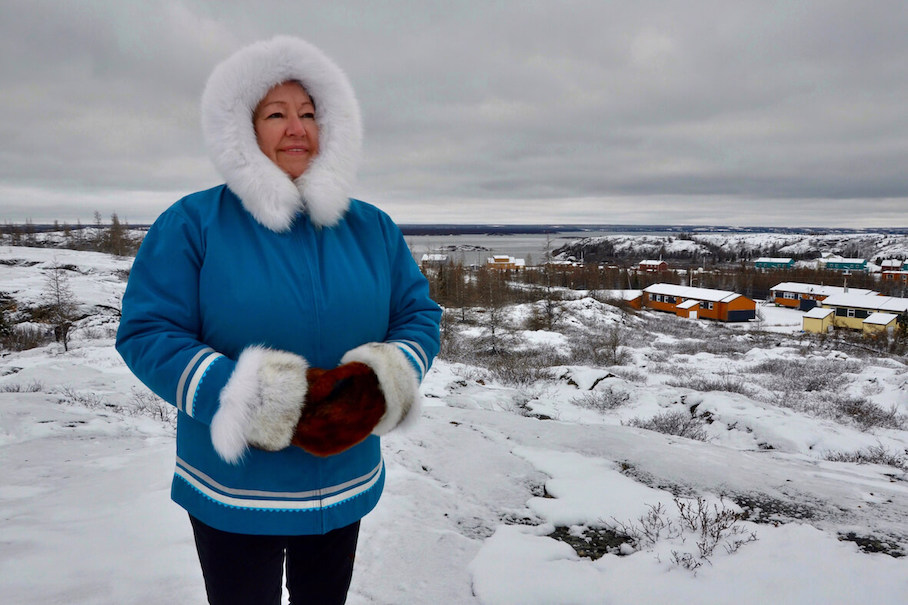Through the lens of an Inuk woman

Melting ice threatens Inuit way of life. To heal our world, Canada will need imagination and an Indigenous-aligned economy
As an Inuk woman, my life’s journey and work has been driven by my traditional upbringing, which taught me early on that the land is an extension of ourselves. The Inuit way of life is dependent on the cold, ice and snow. For us, ice is transportation and mobility; it allows us to hunt for the nutritious traditional food that sustains us. As the planet warms, the vanishing ice becomes an issue of safety and security, first and foremost. The ice forms later in the fall and breaks up earlier in the spring. Unpredictable weather makes it difficult to use Indigenous knowledge to read the changing conditions. As a result of melting permafrost and coastal erosion, some homes are buckling and need to be moved, and some homes, in Alaska in particular, are falling into the sea.
I see the parallels between the safeguarding of the Arctic and the survival of Inuit culture in the face of past, present and future environmental degradation. Attempting to awaken the world to this common understanding has guided my work. I have spent the last 15 years speaking to many audiences, offering a human story from the unique vantage point from which I come, my Inuit culture serving as the very anchor of my spirit. Travelling from city to city, province to province, across our large country of Canada, I was busier than I have ever been, as Canadians finally started to understand the Arctic connection – until COVID-19 hit. Now, many months later, I have learned to carry on with these “teaching” moments via Zoom and recorded messages.
When you share the human side of climate change, people relate to it better. The issues become clearer for them, no matter where they come from, when they can see themselves in human stories. In other words, if we can shift climate change out of the language of science, politics and economics and bring it home to the issues of health, food security, culture, families, communities and human rights – not just for Inuit, but for us all – it is more relatable. It helps to mobilize people to take action to address climate change in a tangible way.
After my book The Right to Be Cold came out, I was invited to New Zealand and Australia for book festivals. I was on a panel with Tim Flannery, a well-known Australian climatologist and author. At the end of the panel discussion, an audience member asked Tim a question: “What is lacking in our world, when we now know the science so clearly, that is not allowing us to take urgent action on climate change?” Tim’s answer struck a chord with me: “Imagination.”
Imagine we can do things differently. Imagine we can address climate change differently. Imagine we can innovate sustainable economies differently.
I believe we need to not only imagine a new way of doing things, but we must, as Canadians, re-imagine our unsustainable economic values and realign them with Indigenous values. Inuit and other Indigenous Peoples are not just victims of globalization wreaking havoc on our communities. With our understanding of nature, which we depend on as our food source and as a powerful character-builder for our children, Indigenous Peoples have much to offer in helping to galvanize a largely disconnected urban world. The pandemic has shown us just how interconnected we all are. The knowledge, values and wisdom of Indigenous Peoples hold the answers to the many challenges our world faces today. I strongly believe Indigenous wisdom is the medicine we seek in healing our planet and creating a sustainable world.
Transformation must happen from a very personal place; our attitudes, outdated policies based on colonialism, and unsustainable businesses must be shed and changed to meet a new world order, one that embraces the real meaning of our common humanity.
As author and spiritual leader Marianne Williamson says, “Personal transformation can and does have global effects. As we go, so goes the world, for the world is us. The revolution that will save the world is ultimately a personal one.”